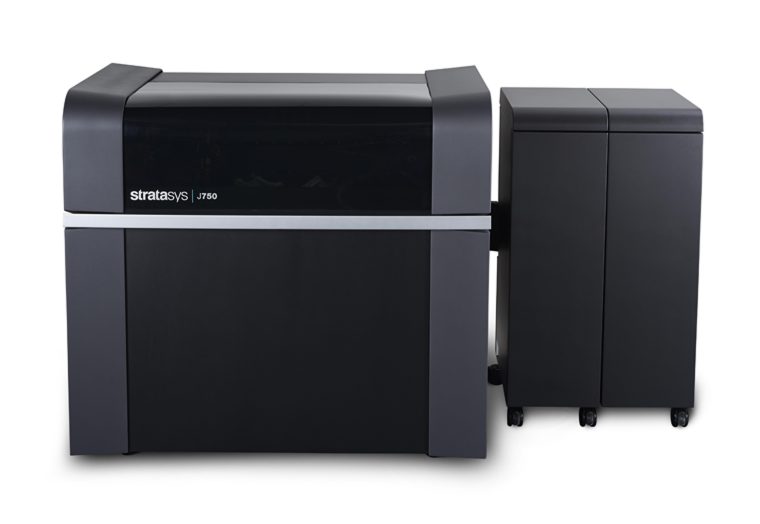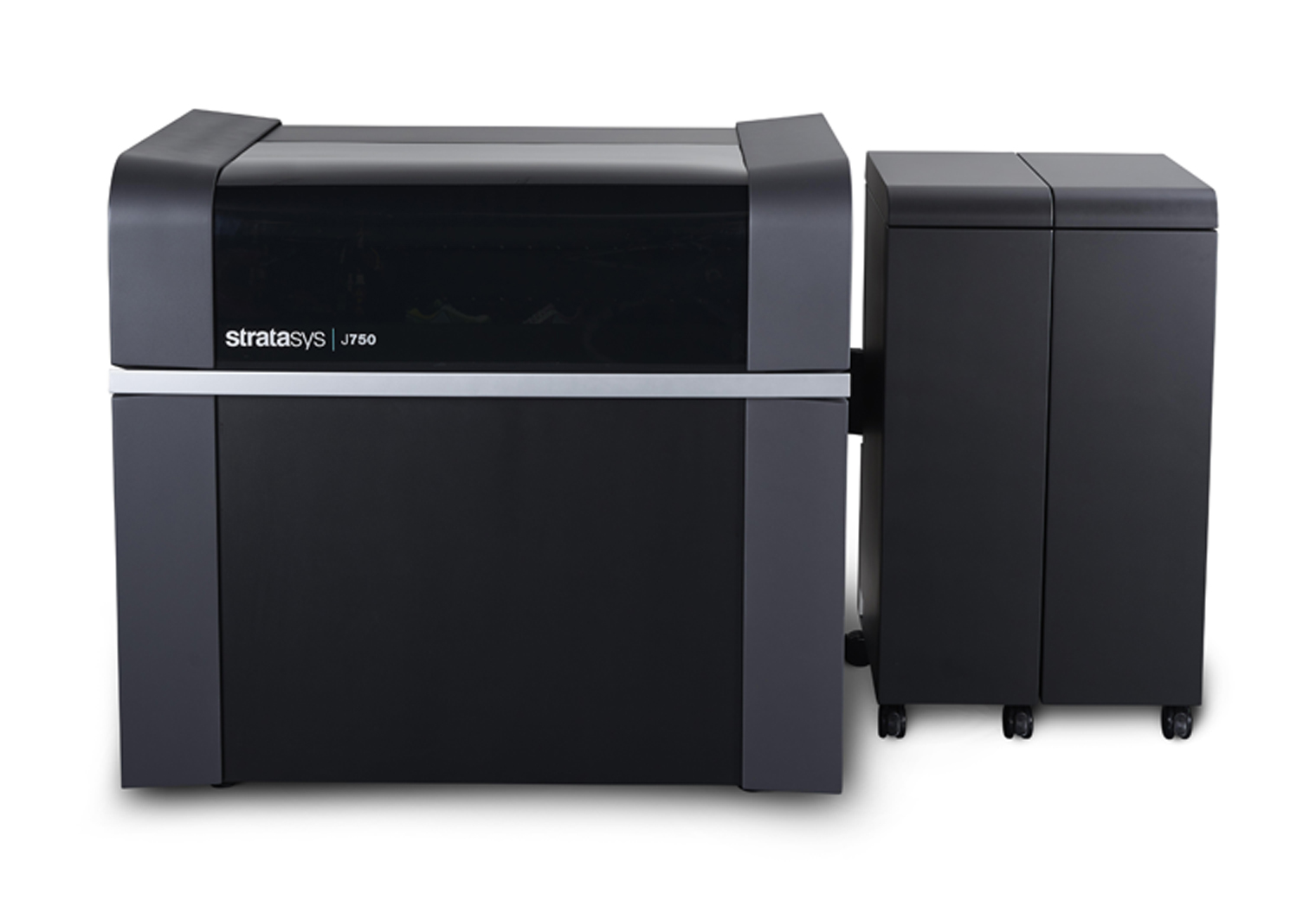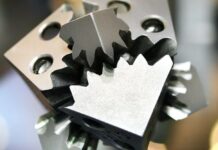Stratasys collaborates with SSM Health Cardinal Glennon Children’s Hospital in St. Louis, Missouri to implement an advanced 3D printing “Centre of Excellence”.
The centre aims at enhancing innovation in pre-surgical preparedness, medical research and patient treatment. This goal will certainly make you recall a few improvements the 3D printing solutions provider is bringing in the medical industry; one being carried out with Philips and the other with BioMimics.
As far as the centre is concerned, the idea is to develop and share best-practices throughout a range of specialties such as neurosurgery, orthopedics, cardiac treatment, as well as hand and cranial maxillofacial reconstructive surgery.
According to Steven Burghart, President of SSM Health Cardinal Glennon Children’s Hospital, the centre is committed “to continuous improvement by harnessing cutting-edge tools like 3D printing.” Furthermore, the use of Stratasys J750 full-color, multi-material 3D printer will enable professionals to improve unprecedented breakthroughs in planning and treatment.”
The Stratasys J750 3D Printer for the medical industry
This 3D printing solution enables medical facilities to build highly realistic, patient-specific anatomical models with consistent color results and lifelike textures. Based on PolyJet technology, the system combines both flexible and rigid plastics in a single print to accurately mimic hard bone and soft tissues. Fine resolution recreates minute details such as thin vascular walls, while blended transitions and transparencies consistently produce anatomically correct properties.
 According to Dr. Alexander Lin, MD, FACS, SLUCare plastic surgeon and co-founder of the 3D printing centre, “3D printing provides increased confidence in the operating room and results in a faster, more efficient operation. In a recent plastic surgery reconstruction of a skull defect, we used a 3D printed intraoperative guide that matched the skull defect precisely. Without hesitation, we could use this guide to create a precisely shaped bone graft that perfectly matched the skull defect. In the past, this process would have been estimated, which can lead to longer surgery with higher risk of brain and blood loss, and a less precisely fitted reconstruction.”
According to Dr. Alexander Lin, MD, FACS, SLUCare plastic surgeon and co-founder of the 3D printing centre, “3D printing provides increased confidence in the operating room and results in a faster, more efficient operation. In a recent plastic surgery reconstruction of a skull defect, we used a 3D printed intraoperative guide that matched the skull defect precisely. Without hesitation, we could use this guide to create a precisely shaped bone graft that perfectly matched the skull defect. In the past, this process would have been estimated, which can lead to longer surgery with higher risk of brain and blood loss, and a less precisely fitted reconstruction.”
For further information about 3D Printing, follow us on our social networks and subscribe to our newsletter!
//pagead2.googlesyndication.com/pagead/js/adsbygoogle.js
(adsbygoogle = window.adsbygoogle || []).push({});






